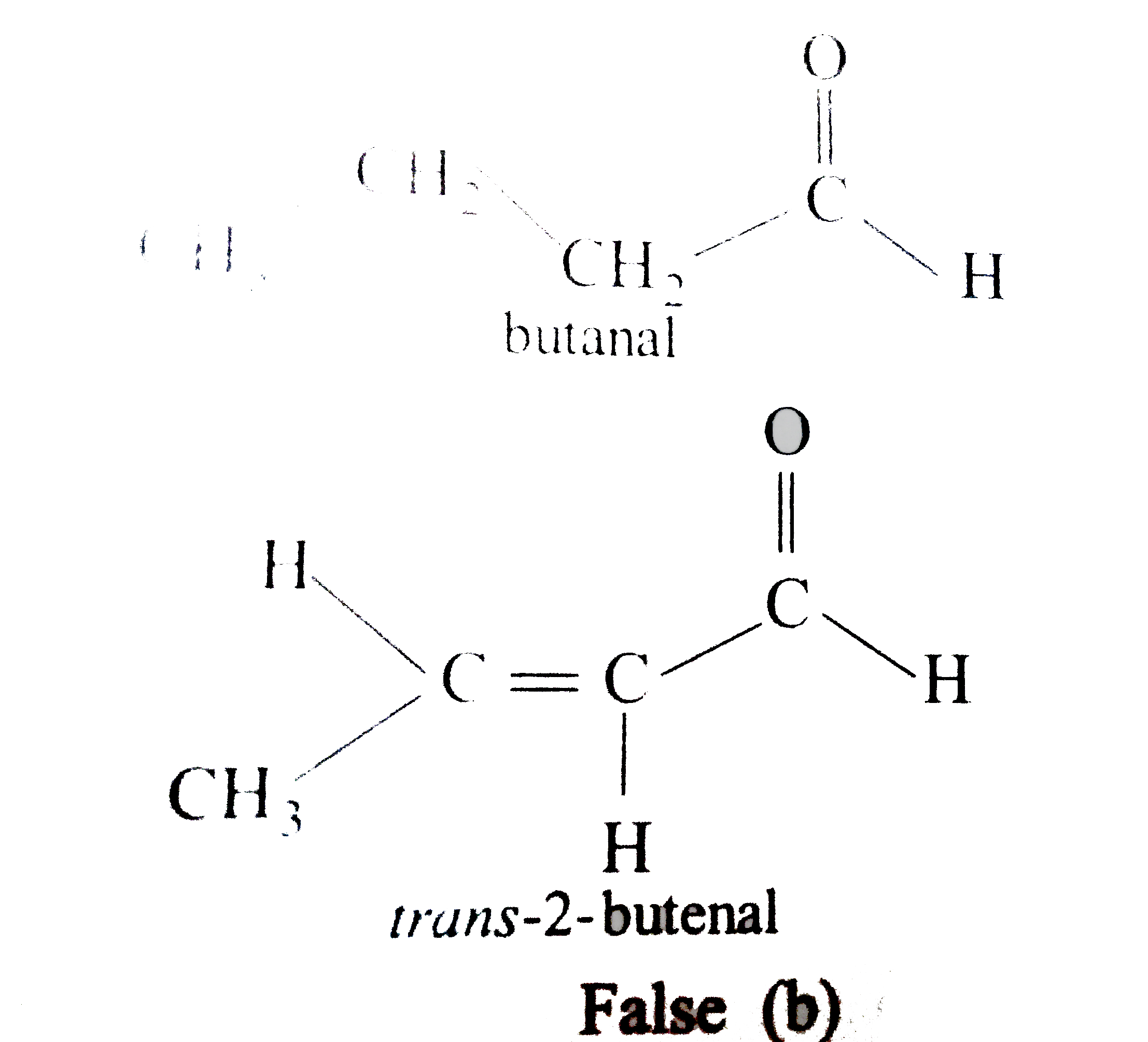If the electronegativity difference of two elements A and B is 1.2 and A−B bond length is 150 pm.What will be the dipole moment of A−B bond?
Step by step video & image solution for If the electronegativity difference of two elements A and B is 1.2 and A -B bond length is 150 pm.What will be the dipole moment of A -B bond? by Chemistry experts to help you in doubts & scoring excellent marks in Class 12 exams.
Similar Questions
The observed dipole moment of HCl is 1.03D. If the bond length of HCL is 1.3Å, then the percent ionic character of H−Cl bond is
View SolutionA polar covalent bond is formed between the two elements of different electronegativies. The polarity of a bond depends on the electronegativity difference, the boiling atoms and also on the shape of the molecule.
A-B Let xA and xB are the electronegativites of bonding atoms A and B then, percentage ionic character of the bond can be calculated, as
% ionic character =21|xA−xB|+3.5|xA−xB|2 Dipole moment of the bond (μ) depends on the bond length and the polarity of the bond.
μ=q×d
Here, q = charge of the dipoles
d = bond length
It is observed that the dipole moment increases with increase in the inductive effect. Answer the following questions as indicated: Select code (a) if the statement is true and code (b) if the statement is false.
Dipole moment of C-Cl bond is greater than C-F bond:
True (a) False(b)View Solution
Knowledge Check
- Question 1 - Select One
If the electronegativity difference between bonding atoms is 1.7 then the chemical bond is nearly
A50% ionicB100% ionicC100% covalentDPredominantly ionic - Question 2 - Select One
If the electronegativity difference between bonding atoms is 1.7 then the chemical bond is nearly
A50% ionicB100% ionicC100% covalentDPredominantly ionic - Question 3 - Select One
The electronegativities of two elements A and B are 2.1 and 1.8. Then the type of bond formed between them is
AIonic bondBPure covalent bondCPolar covalent bondDHydrogen bond
A polar covalent bond is formed between the two elements of different electronegativies. The polarity of a bond depends on the electronegativity difference, the boiling atoms and also on the shape of the molecule.
A-B Let xA and xB are the electronegativites of bonding atoms A and B then, percentage ionic character of the bond can be calculated, as
% ionic character =21|xA−xB|+3.5|xA−xB|2 Dipole moment of the bond (μ) depends on the bond length and the polarity of the bond.
μ=q×d
Here, q = charge of the dipoles
d = bond length
It is observed that the dipole moment increases with increase in the inductive effect. Answer the following questions as indicated: Select code (a) if the statement is true and code (b) if the statement is false.
The dipole moment of CH3−X bond lies in the following sequence:
CH3−I<CH3−Br<CH3−CI
True (a) False (b)View SolutionA polar covalent bond is formed between the two elements of different electronegativies. The polarity of a bond depends on the electronegativity difference, the boiling atoms and also on the shape of the molecule.
A-B Let xA and xB are the electronegativites of bonding atoms A and B then, percentage ionic character of the bond can be calculated, as
% ionic character =21|xA−xB|+3.5|xA−xB|2 Dipole moment of the bond (μ) depends on the bond length and the polarity of the bond.
μ=q×d
Here, q = charge of the dipoles
d = bond length
It is observed that the dipole moment increases with increase in the inductive effect. Answer the following questions as indicated: Select code (a) if the statement is true and code (b) if the statement is false.
Dipole moment of trans-2 butenal is greater than butanal:

True (a) False(b)View SolutionThe electonegativities of elements A and B are 1.2 and 3.4 units respectively the type of bond connecting A and B in compound AB is
View SolutionIf the electron pair forming a bond between two atoms and B is not in the center then the bond is ?
View SolutionBond energies can be obtained by using the following relation: ΔH(reaction)=∑Bond energy of bonds, broken in the reactants −∑ Bond energy fo bonds, formed in the products
Bond enegry depends on three factors:
a. Greater is the bond length, lesser is the bond enegry.
b. Bond energy increases with the bond multiplicity.
c. Bond enegry increases with electronegativity difference between the bonding atoms.
Arrange N−H,O−H, and F−H bonds in teh decreasing order of bond enegry.View Solution
